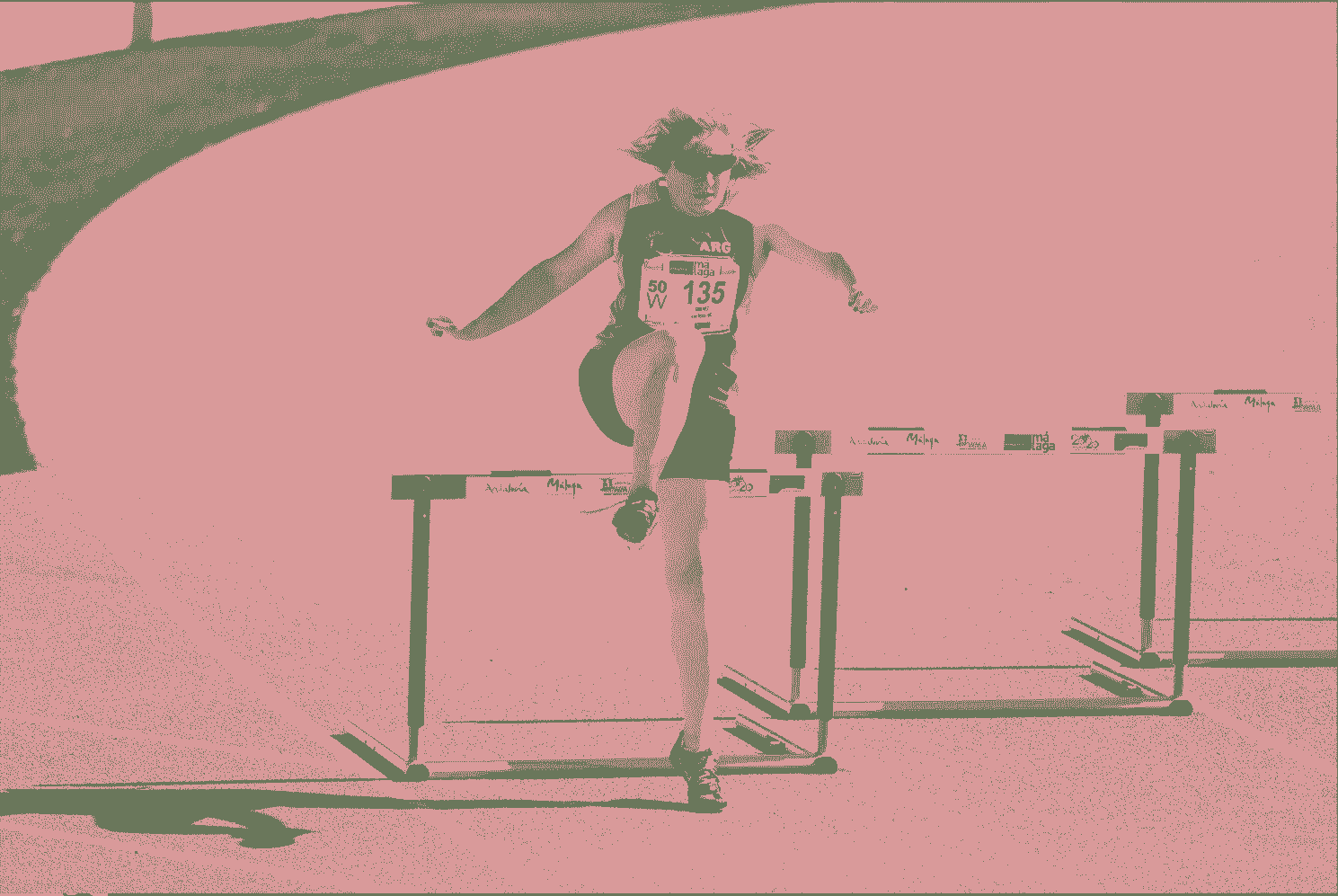High jump is a captivating track and field event that combines athleticism, technique, and strategy. Athletes attempt to clear a horizontal bar set at progressively higher heights without knocking it off the standards. The rules of high jump ensure fair competition and safety for all participants. In this comprehensive guide, we will delve into the high jump rules, breaking them down step by step, and explore the essential elements that make this event so intriguing.
Introduction to High Jump
High jump is a classic track and field event that has been part of the Olympic Games since their modern inception in 1896. The objective is simple: clear a horizontal bar, known as the crossbar, set at varying heights without dislodging it. The higher the bar is set, the more challenging the jump becomes.
The Equipment
- Crossbar
The crossbar is a horizontal bar made of lightweight materials such as aluminum or fiberglass. It must be flat and round in shape. The width of the crossbar can vary, but it is typically 4 meters for men and 3.07 meters for women.
- Uprights
The crossbar is supported by two uprights. These uprights are placed at the desired height and are adjustable. Athletes may request the height to be adjusted to their preference within the competition rules.
- Landing Area
The landing area, known as the landing pit or crash mat, is made of soft material to ensure the safety of the athletes. It is positioned on the opposite side of the crossbar and is designed to cushion the athlete’s fall.
The Rules of High Jump
High jump rules are designed to ensure a fair competition and the safety of all participants. Let’s break down the key rules of this exciting event.
- Starting Height
The competition begins with a starting height. Athletes take turns attempting to clear the bar at this initial height. The starting height is predetermined by the officials or the competition organizers.
- Attempt Sequence
Athletes have three attempts to clear the bar at a given height. The athlete can choose to pass a height, but once they pass, they cannot return to that height in the same round.
- Knocking the Bar
If an athlete knocks the bar off the uprights with any part of their body while attempting a jump, it is considered a failed attempt. The bar must be cleared without touching it, and the athlete must land on the mat.
- Clearance
To successfully clear the bar, the athlete must jump over it without making contact. The takeoff foot must be the last part of the body to leave the ground. The athlete is allowed to rotate their body to clear the bar, which is known as the “Fosbury Flop” technique, popularized by American athlete Dick Fosbury.
- Determining the Winner
The athlete who successfully clears the highest height is declared the winner. In case of a tie, the athlete with fewer failed attempts at the winning height is declared the winner. If there is still a tie, the athlete with the fewest failed attempts overall is the winner.
- Elimination Rounds
As the competition progresses, the bar is raised after each round. Athletes who fail to clear the bar at the new height are eliminated from the competition. This continues until only one athlete remains.
- World Records and Record-Setting
High jump events are often the stage for world records and incredible feats of athleticism. Athletes who break world records must do so in compliance with the rules, including bar clearance and landing. World records are officially recognized only when all the rules are followed.
- Protests and Disqualifications
Athletes and coaches have the right to file protests if they believe a rule has been violated during the competition. Protests are considered by a panel of officials, and their decisions are final. Athletes may also be disqualified for unsportsmanlike conduct or violating the rules intentionally.
Techniques in High Jump
High jump is unique in that there are several techniques used by athletes to clear the bar. The choice of technique often depends on an athlete’s strengths, flexibility, and familiarity with a particular method. Here are three of the most common high jump techniques:
- Scissor Jump
The scissor jump, also known as the Eastern cut-off technique, is one of the earliest high jump techniques. In this method, the athlete approaches the bar diagonally and scissor-kicks their legs over the bar. The non-dominant leg is used as the lead leg in this technique.
- Western Roll
The Western roll is another classic high jump technique. In this approach, the athlete performs a cartwheel-like motion over the bar. The Western roll is a side-on approach that requires a degree of flexibility.
- Fosbury Flop
The Fosbury Flop, named after American high jumper Dick Fosbury, revolutionized the sport in the 1960s. This technique involves a curved approach and a backward-facing takeoff. The athlete arches their back to clear the bar headfirst, landing on their shoulders and back on the mat. The Fosbury Flop has become the dominant technique in modern high jump due to its efficiency and effectiveness.
The Role of Officials
High jump competitions are overseen by a team of officials responsible for ensuring the event’s fair play and adherence to the rules. These officials include:
- Chief Judge
The chief judge has overall authority over the competition. They make the final decisions on any disputes or protests and ensure that all rules are enforced.
- Bar Crew
The bar crew is responsible for raising and lowering the crossbar as directed by the athletes. They must ensure that the bar is set at the correct height for each jump.
- Measurers
Measurers use specialized equipment to accurately measure the height at which the bar is set and ensure that it is within the acceptable range.
- Chief Scorer
The chief scorer is responsible for recording the results of each athlete’s jumps and calculating their scores.
- Timekeepers
In some high jump competitions, especially in combined events, timekeepers may be present to measure the time taken by athletes between jumps.
- Jury of Appeals
The jury of appeals is responsible for handling protests and disputes between athletes and officials. They ensure a fair resolution to any issues that arise during the competition.
Safety Precautions
Safety is a top priority in high jump, and there are several safety precautions in place to protect the athletes:
Explore the world of sports with expert insights, latest news, and in-depth analysis on your favorite athletes and teams Long jump and Sepak takraw
- Landing Mat
The landing mat is designed to cushion the athlete’s fall and reduce the risk of injury. It is made of soft, shock-absorbing materials.
- Officials’ Supervision
Officials closely monitor each jump to ensure that athletes do not make contact with the bar or land in an unsafe manner.
- Adequate Warm-Up
Athletes must warm up properly to avoid injury during competition. A thorough warm-up routine is crucial to prepare the body for the physical demands of high jump.
- Proper Coaching
Coaches play a significant role in an athlete’s safety by teaching proper technique and guiding their development in the sport.
- Equipment Inspection
The equipment, including the crossbar and uprights, is inspected regularly to ensure it is in good condition and poses no danger to the athletes.
High Jump at the Olympics
High jump has a rich history at the Olympic Games, dating back to the first modern Olympics in 1896. Over the years, it has seen many memorable moments and record-breaking performances. Notable athletes like Dick Fosbury, Javier Sotomayor, and Stefka Kostadinova have left an indelible mark on the sport through their exceptional high jumping abilities.
Conclusion
High jump is a thrilling and technical track and field event that combines athleticism, skill, and strategy. Understanding the rules and techniques of high jump is essential for athletes, coaches, and fans alike. It’s an event that continues to captivate audiences with its unique blend of athleticism and grace. Whether you’re a fan of the Fosbury Flop or appreciate the classic scissor jump, high jump is a testament to the indomitable spirit of human athleticism and determination. So, the next time you watch a high jump competition, you’ll have a deeper appreciation for the skill and precision that goes into each jump over the bar.





